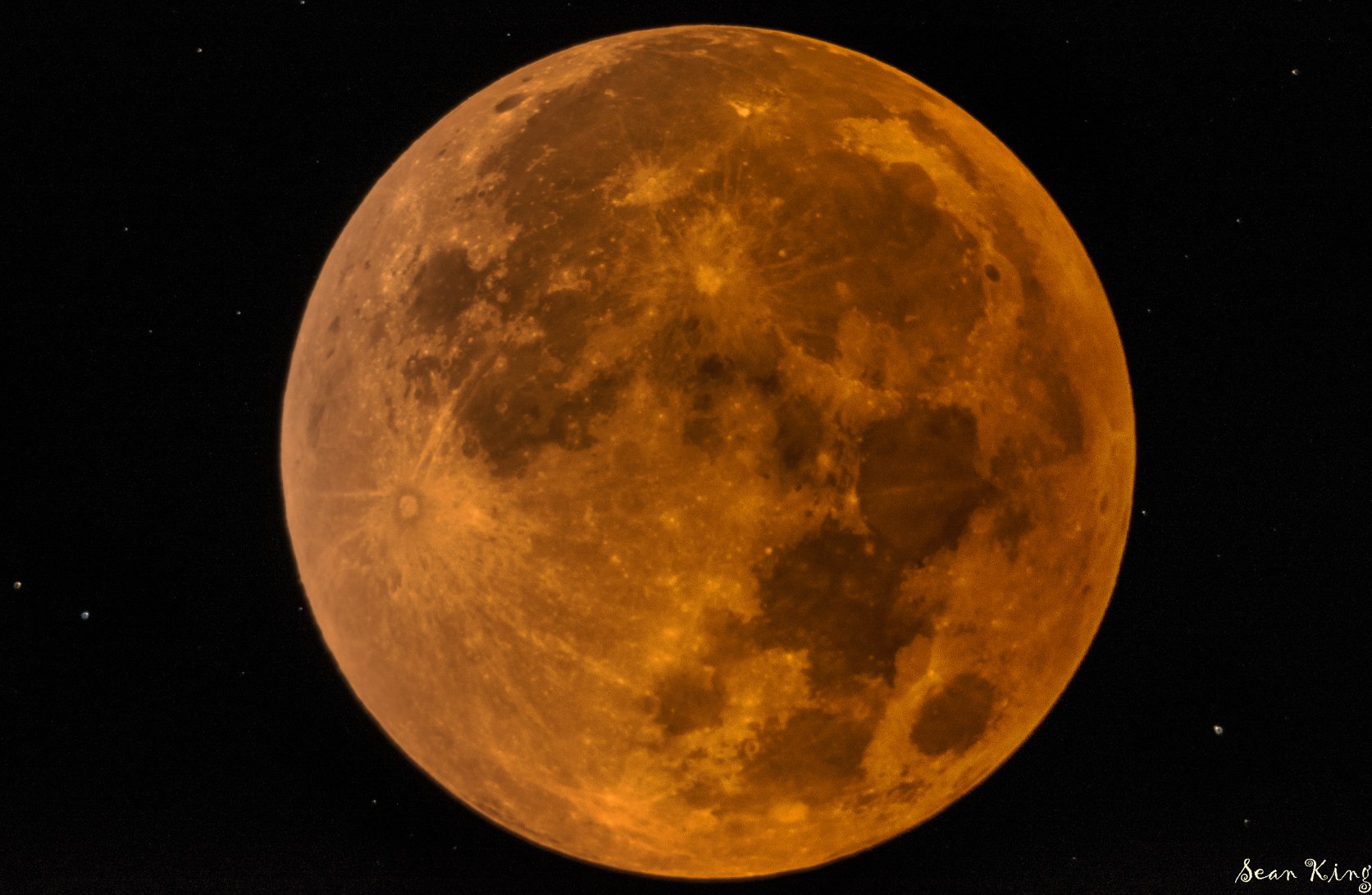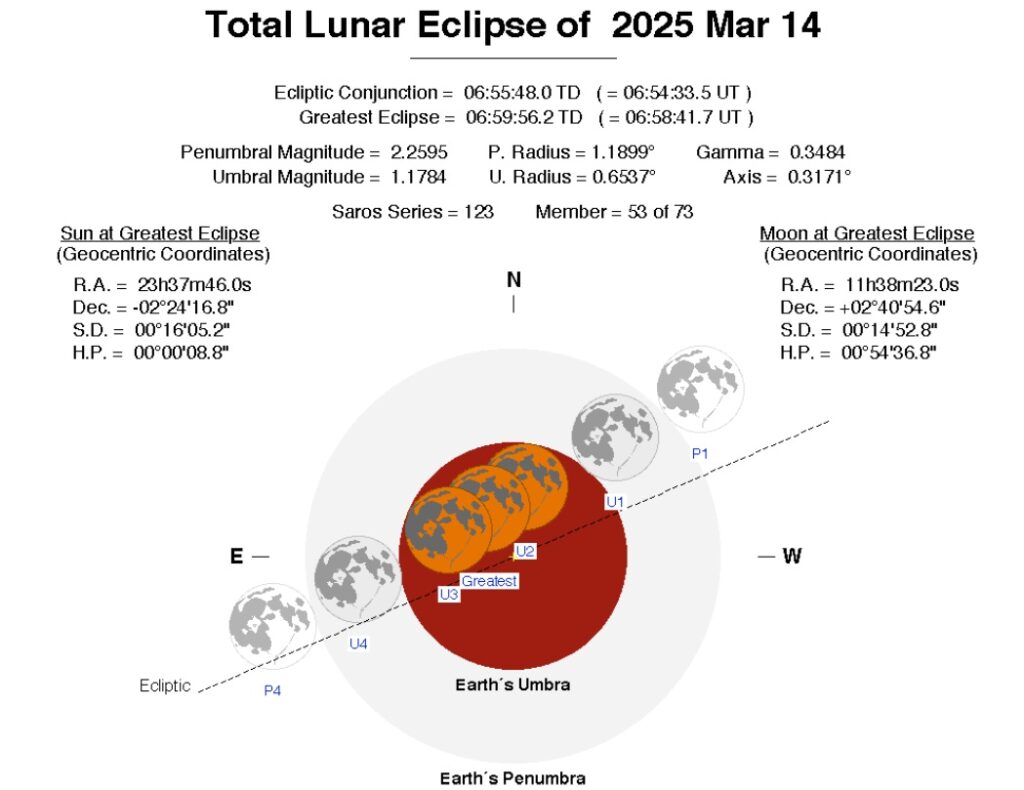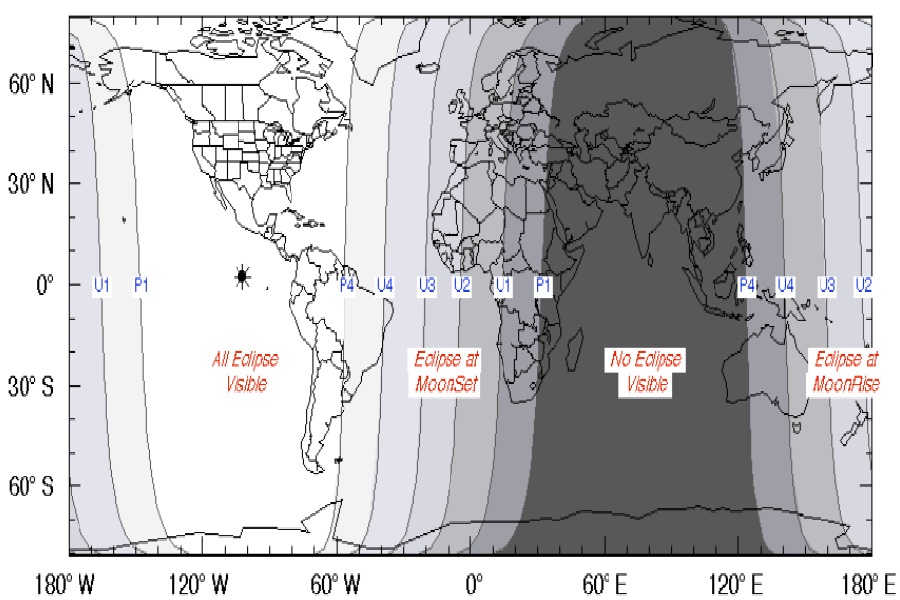
Photograph: Sean King /Facebook
A red lunar eclipse will grace the evening sky across much of North America this evening as the Earth casts its shadow onto tonight’s full moon, making it a total lunar eclipse. The eclipse will begin tonight at 11:57 pm ET but the highlight will be when totality occurs between 2:26 am and 3:31 am.
A lunar eclipse occurs when the Moon passes directly behind Earth and into its shadow. This can occur only when the Sun, Earth, and Moon are exactly or very closely aligned, with Earth between the other two. A lunar eclipse can occur only on the night of a full moon. Unlike a solar eclipse in which its dangerous to stare at the sun, there is no danger associated with watching a lunar eclipse at night. As such, no special eclipse glasses are required to safely watch the Moon.

There won’t be a lunar eclipse like this one viewable to the entire U.S. until November 30, 2058.
As long as Mother Nature cooperates with clear skies, the entire eclipse will also be visible in North and South America, as well as Greenland, and Iceland. The rest of Europe, as well as western Africa, will have partial viewing before the moon sets. Most of Asia and western Australia, along with eastern Africa, will miss out.
Even Hawaii will be able to watch the event: the total eclipse begins there at 7:09 pm and peaks between 8:26 pm and 9:31 pm.

During a total lunar eclipse, Earth completely blocks direct sunlight from reaching the Moon. The only light reflected from the lunar surface has been refracted by Earth’s atmosphere. This light appears reddish for the same reason that a sunset or sunrise does: the Rayleigh scattering of bluer light. Rayleigh scattering refers to the scattering of light off of the molecules of the air, and can be extended to scattering from particles up to about a tenth of the wavelength of the light. It is Rayleigh scattering off the molecules of the air which provides a typical blue sky.